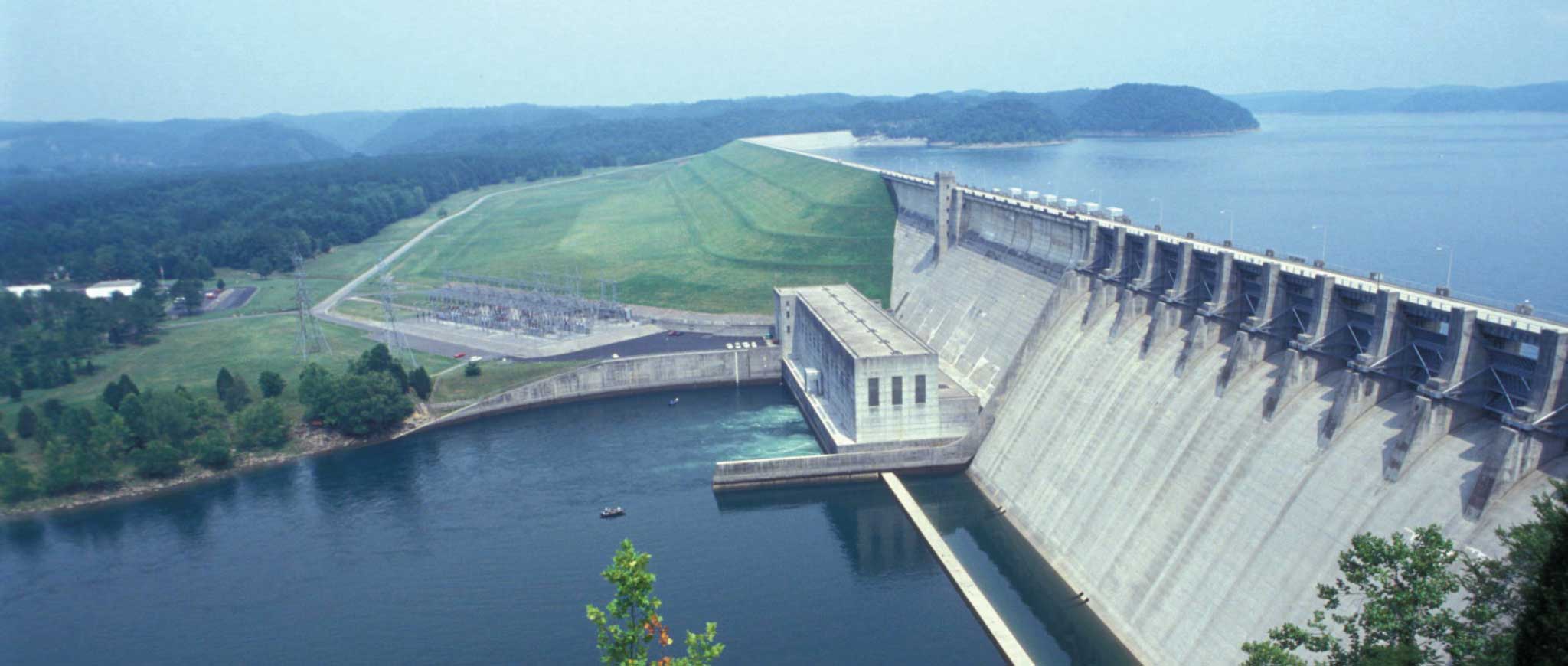Hydropower
Energy in moving water
People have a long history of using the force of water flowing in streams and rivers to produce mechanical energy. Hydropower was one of the first sources of energy used for electricity generation and until 2019, hydropower was the largest source of total annual U.S. renewable electricity generation.
In 2019, hydroelectricity accounted for about 6.6% of total U.S. utility-scale1 electricity generation and 38% of total utility-scale renewable electricity generation. Hydroelectricity’s share of total U.S. electricity generation has decreased over time, mainly because of increases in electricity generation from other sources.
Our cooperatives have long-term agreements to purchase hydropower from Wolf Creek and Laurel dams in Kentucky.
Hydropower relies on the water cycle
Understanding the water cycle is important to understanding hydropower. The water cycle has three steps:
- Solar energy heats water on the surface of rivers, lakes, and oceans, which causes the water to evaporate.
- Water vapor condenses into clouds and falls as precipitation—rain and snow.
- Precipitation collects in streams and rivers, which empty into oceans and lakes, where it evaporates and begins the cycle again.
The amount of precipitation that drains into rivers and streams in a geographic area determines the amount of water available for producing hydropower. Seasonal variations in precipitation and long-term changes in precipitation patterns, such as droughts, can have large effects on the availability of hydropower production.



